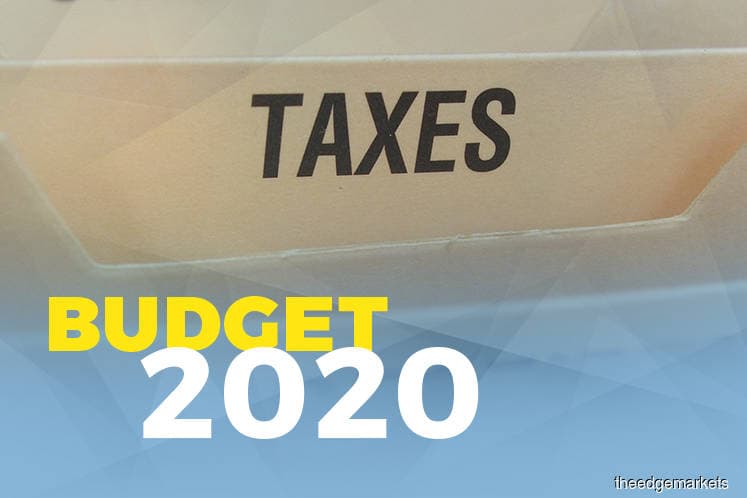
This article first appeared in The Edge Malaysia Weekly on October 14, 2019 - October 20, 2019
ONLY 2,000 individual taxpayers will be affected by the new 30% top tax bracket — basically, people earning more than RM2 million a year.
These 2,000 would be the top 0.08% of an already exclusive group of individual taxpayers. Only 16.5% of Malaysia’s 15 million workforce were subject to individual income tax, according to the Fiscal Outlook 2020 report (FOR2020). That works out to only 2.475 million individual taxpayers who will be contributing to the projected RM37.36 billion in total income tax, or 15.3% of federal government revenue for 2020.
It remains to be seen just how much more income the new top bracket will yield from the 2,000 taxpayers who fall into that bracket. The two-percentage-point increase — from 28% to 30% — would bring in roughly RM20 extra for every RM1,000 in taxable income above RM2 million.
Someone earning RM3 million, for instance, would have to pay roughly RM20,000 more in taxes, bringing the total tax payable to RM817,650 under the 30% bracket, compared with RM797,650 for 28% bracket.
The amount could well be significant, though the base looks small.
In Singapore, for instance, the 20,877 top earners with chargeable income of more than S$500,000 each paid S$3.7 billion in income taxes in assessment year 2017 (YA2017) . That works out to 34.5% of the S$10.72 billion in personal income tax collected by the city state in 2017 and 4% of total government income that year. The top 20% of taxpayers in the city state with chargeable income of over S$80,000 per annum) paid S$9.8 billion in income taxes, which is just over 91% of the total income tax haul.
In Malaysia, we know that about 30.2% of income share goes to the top 10% of households in 2016 — about the same percentage of income that goes to the bottom 60%.
The more significant tax-related announcement under Budget 2020 is perhaps the proposed move to assign a tax identification number (TIN) to all Malaysians above the age of 18 as well as corporate entities starting January 2021, for which the Finance Minister says engagements with stakeholders will commence next year. That’s likely a move to ensure that all pay their share of taxes, and not just the white-collar professionals whose taxes are automatically deducted from their monthly pay.
It is understood that the Inland Revenue Board has only about 9,000 people with more than RM1 million annual income in its register. That number sounds shocking, given the number of luxury cars sold every year. At the time of writing, the IRB had yet to reply to questions sent on Oct 1 seeking details on how much income tax is contributed by the top 10% and bottom 50% of individual taxpayers.
In any case, Malaysia needs to broaden its tax base or risk overburdening the small pool of taxpaying individuals and businesses that contribute 45% of its revenue. Only 60,898 companies were paying taxes in Malaysia, back-of-the-envelope calculations show. As at end-2017, 62.4% of 1.25 million companies were registered with the Inland Revenue Board, of which 7.8% were subjected to tax, the FOR2020 says.
Save by subscribing to us for your print and/or digital copy.
P/S: The Edge is also available on Apple's AppStore and Androids' Google Play.